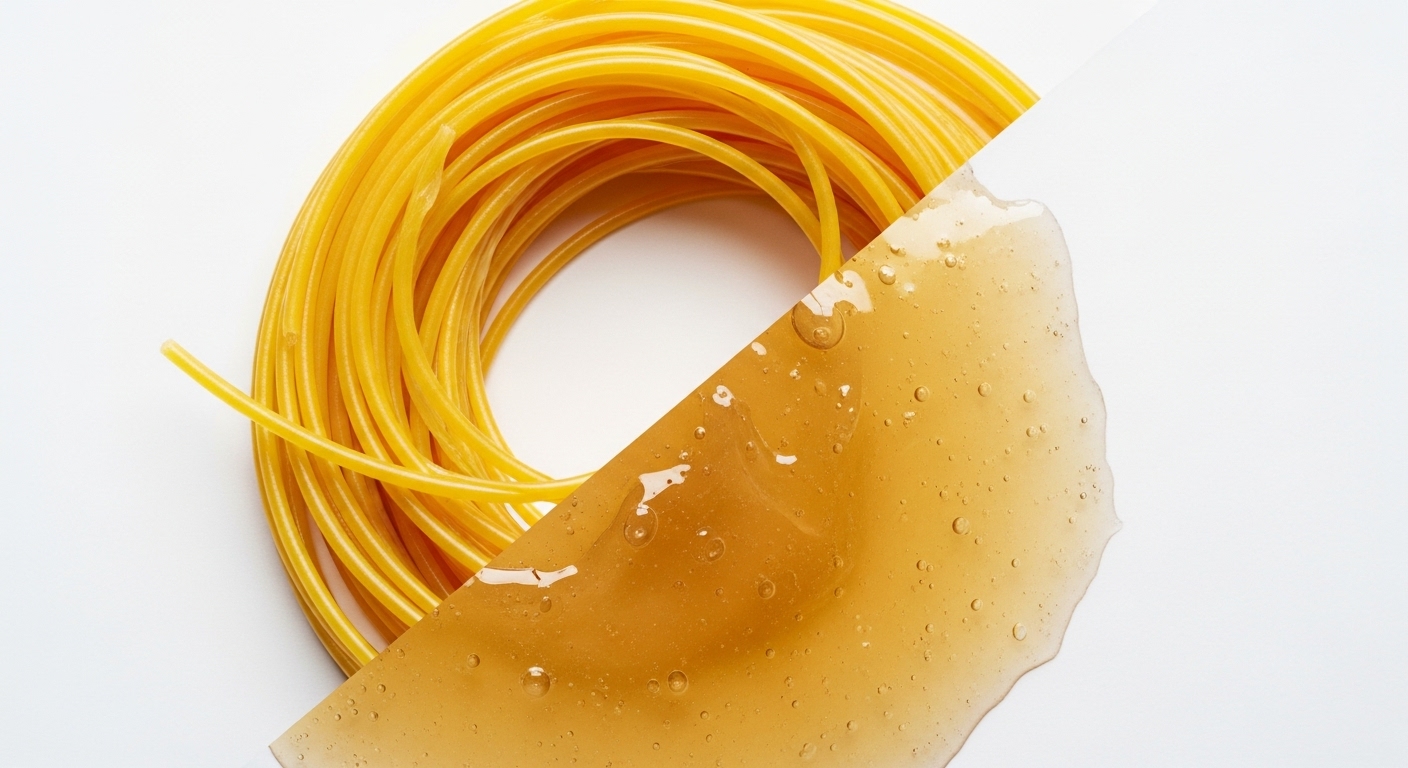
Polyamide: Definition and Properties
Traditional Glue: Types and Uses
Comparative Importance in Industry
Performance Evaluation Methods
Latest Trends in Adhesive Technology
Strategies for Optimal Adhesive Use
Future Prospects of Polyamide vs. Glue
Frequently Asked Questions (FAQ)
Polyamide is a versatile polymer widely recognized for its durability and strong bonding performance. Unlike traditional glues, polyamide adhesives exhibit exceptional resistance to heat, moisture, and chemicals, making them ideal for demanding industrial applications. Their quick-setting behavior and flexibility enhance production efficiency, particularly in sectors such as automotive, electronics, and filter manufacturing.
Traditional glues have been used across various industries for decades, offering practical solutions for different materials.
Animal-based glues (hide or bone glue): strong adhesion for wood and restoration work.
Starch-based glues: biodegradable and suitable for paper or packaging applications.
Casein glues: derived from milk protein, often used in woodworking and bookbinding.
These adhesives remain valuable for less demanding environments where high heat or chemical resistance is not critical, providing a balance between cost, simplicity, and eco-friendliness.
The industrial use of polyamide versus traditional glue depends on performance requirements.
Polyamide adhesives are favored in high-performance environments—such as automotive, electronics, and textile sectors—where temperature and chemical resistance are essential.
Traditional glues remain useful in general-purpose applications, including woodworking, packaging, and paper manufacturing.
Each adhesive type offers unique advantages: polyamide excels in durability and resistance, while traditional glues provide accessibility and environmental compatibility. The selection ultimately depends on the specific material and operational environment.
Performance evaluation of adhesives involves several standard testing methods:
Adhesion strength tests assess bonding reliability under tension or shear.
Thermal resistance testing measures stability under high heat.
Chemical resistance evaluation determines performance against oils, solvents, or moisture exposure.
Biodegradability and usability assessments gauge environmental impact and handling convenience.
Polyamide adhesives generally perform better in high-temperature and chemical environments, while traditional glues excel in sustainability and ease of use.
Recent developments show a growing divide—and synergy—between polyamide and traditional adhesives:
Polyamide adhesives are evolving with improved formulations that enhance heat tolerance and flexibility, supporting industrial automation and precision applications.
Traditional glues are advancing through bio-based, low-emission formulations aligned with global sustainability goals.
Hybrid adhesives are emerging, combining synthetic performance with eco-friendly attributes.
These trends indicate an industry-wide push toward environmentally responsible yet high-performance bonding technologies.
To achieve the best adhesive results, the following strategies are key:
Application-specific selection – Match adhesive type to substrate material and operating conditions.
Surface preparation – Ensure surfaces are clean, dry, and free of contaminants before application.
Controlled application – Maintain proper temperature, pressure, and curing time for consistency.
Storage and maintenance – Store adhesives in appropriate conditions to preserve stability and effectiveness.
Polyamide is ideal for high-performance manufacturing, whereas traditional glue remains practical for light industrial and craft use.
The future of adhesives reflects both specialization and sustainability.
Polyamide adhesives are expected to expand their presence in sectors requiring heat and chemical resistance, such as electric vehicles, electronics, and industrial filters.
Traditional glues will continue evolving through environmentally friendly, biodegradable formulations, serving markets where simplicity and ecological considerations are paramount.
Ultimately, both materials will coexist—polyamide driving high-tech innovation and traditional glues supporting sustainable craftsmanship.
What is polyamide and why is it important?
Polyamide is a durable polymer used in industrial adhesives for its excellent heat and chemical resistance, ideal for applications requiring long-lasting performance.
What are the common types of traditional glue?
Traditional glues include animal-based, starch-based, and casein-based variants, each suited for woodworking, paper, and bookbinding uses.
How do polyamide adhesives compare with traditional glues?
Polyamide adhesives provide superior resistance and strength, while traditional glues offer environmental benefits and versatility for less demanding tasks.
How is adhesive performance evaluated?
Tests include adhesion strength, thermal stability, chemical resistance, and biodegradability, depending on the intended application.
What are the current trends in adhesive technology?
Trends focus on eco-friendly materials, hybrid adhesives, and advanced manufacturing processes that improve sustainability and precision.
How can adhesives be used optimally?
By preparing surfaces properly, applying adhesives under controlled conditions, and selecting the right type based on performance needs.
What is the future outlook for polyamide and traditional adhesives?
Polyamide will dominate high-performance sectors, while traditional glues will maintain importance in sustainable and low-impact applications.